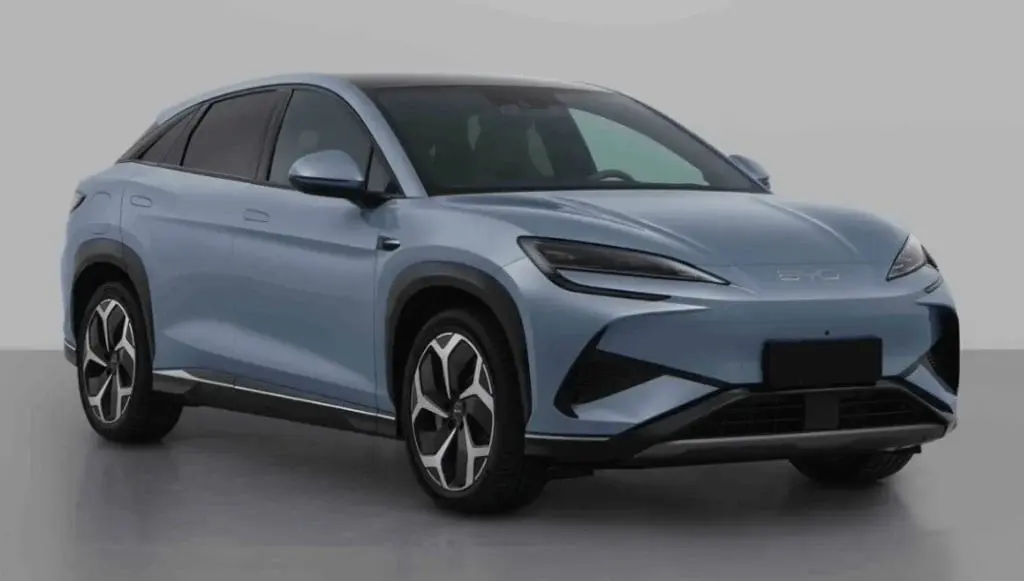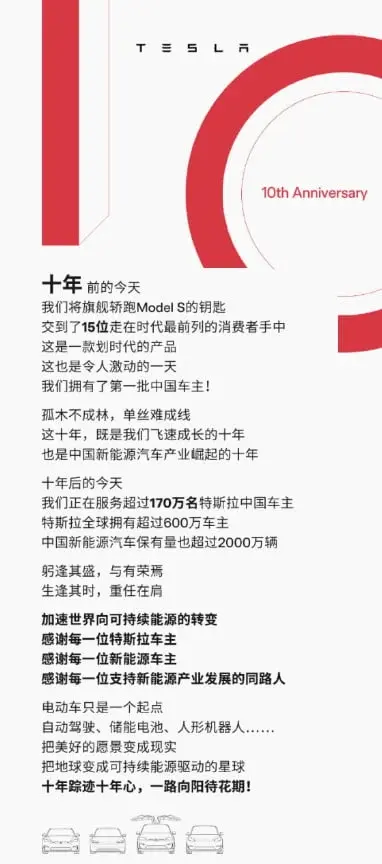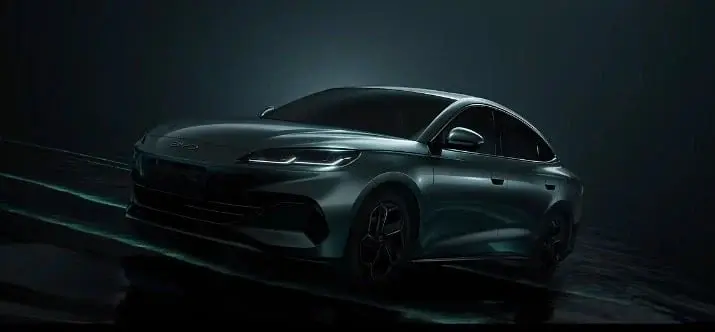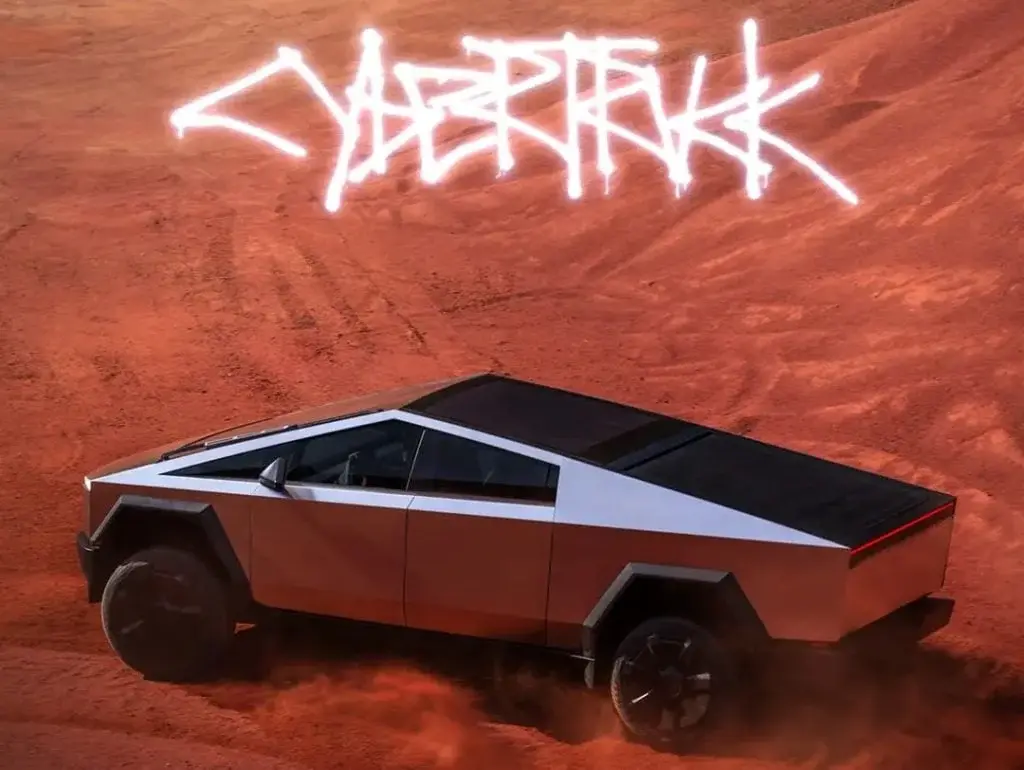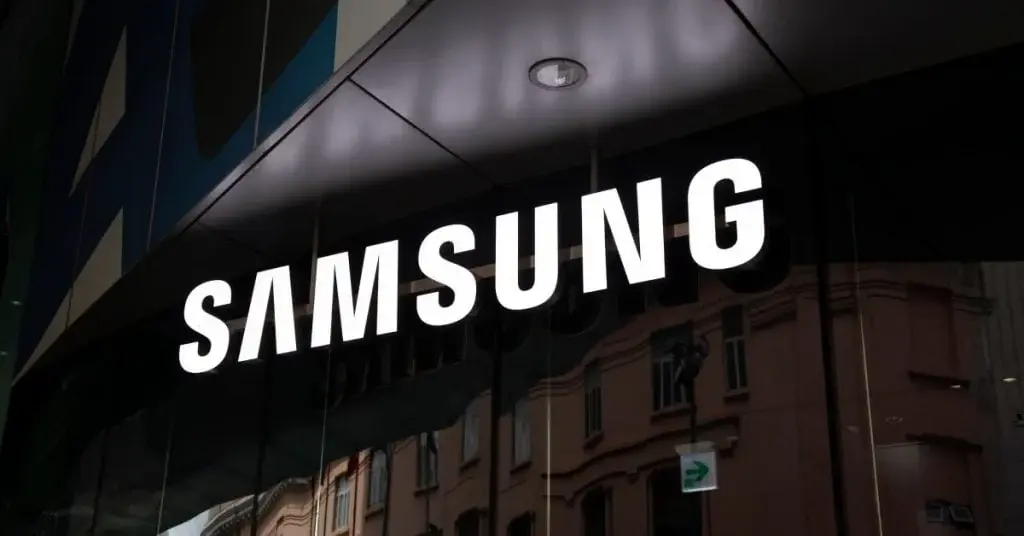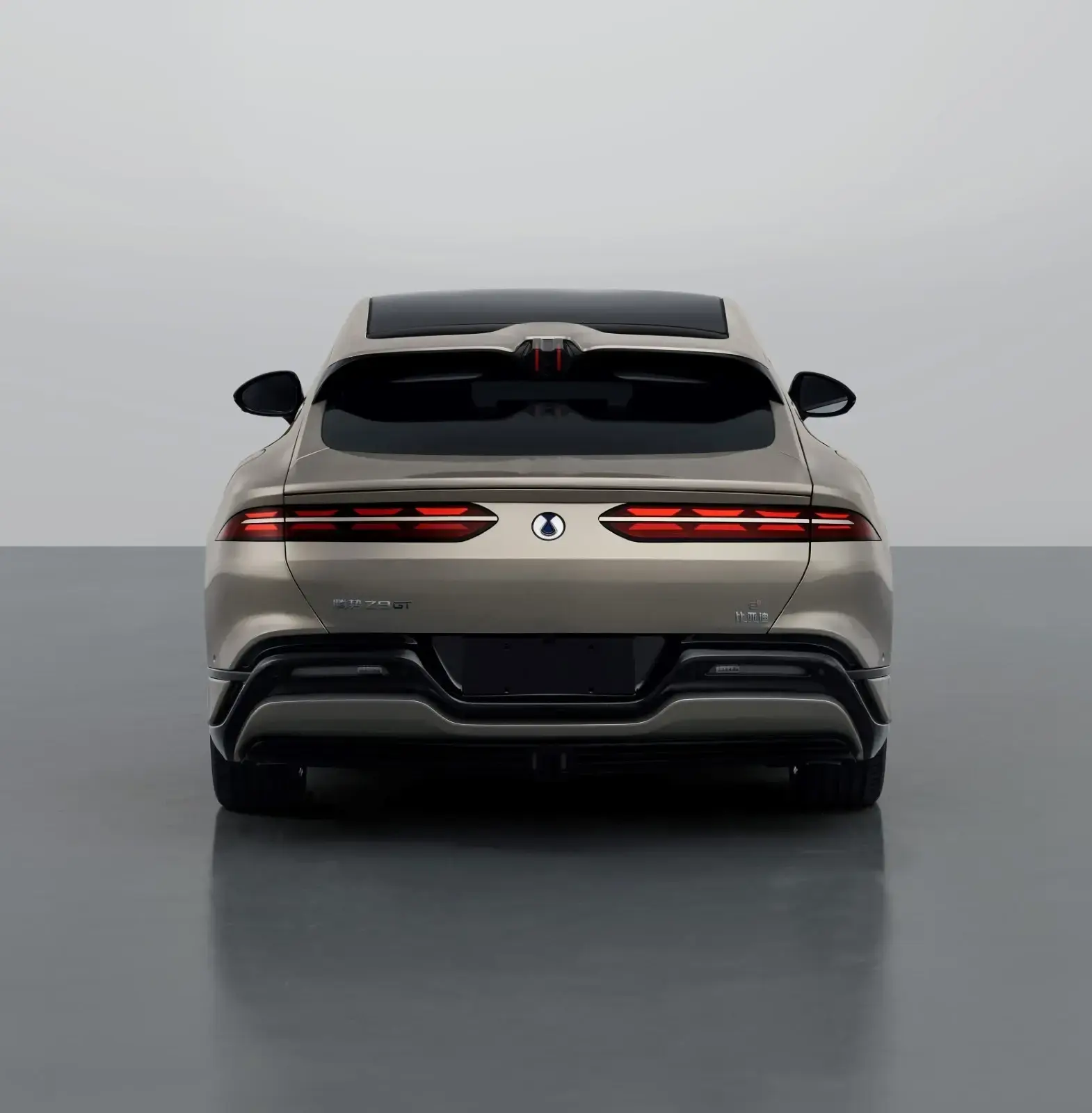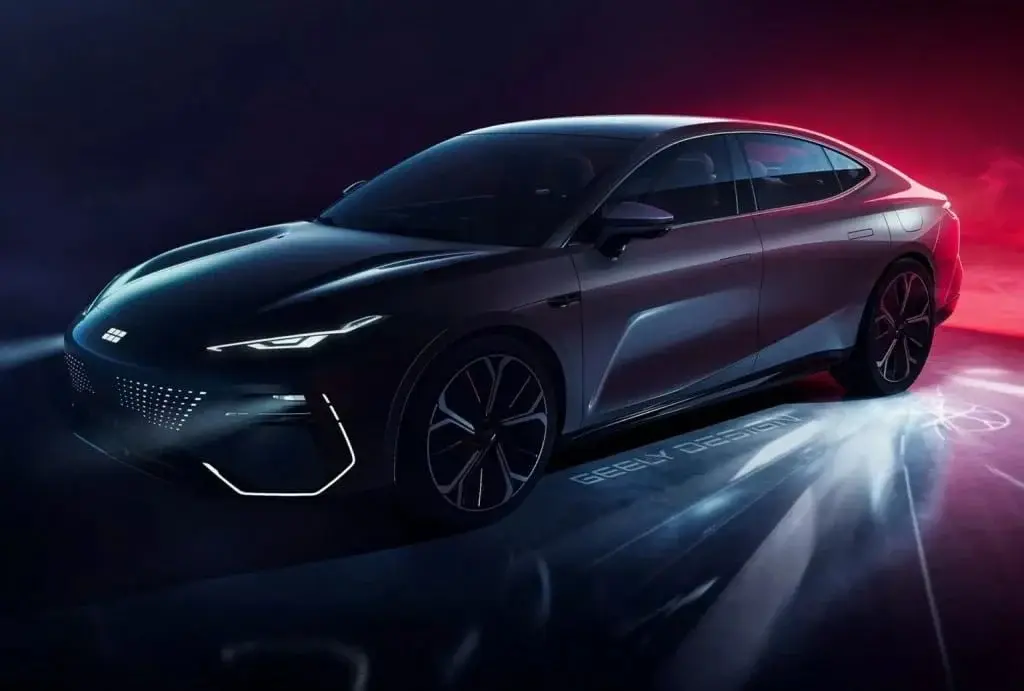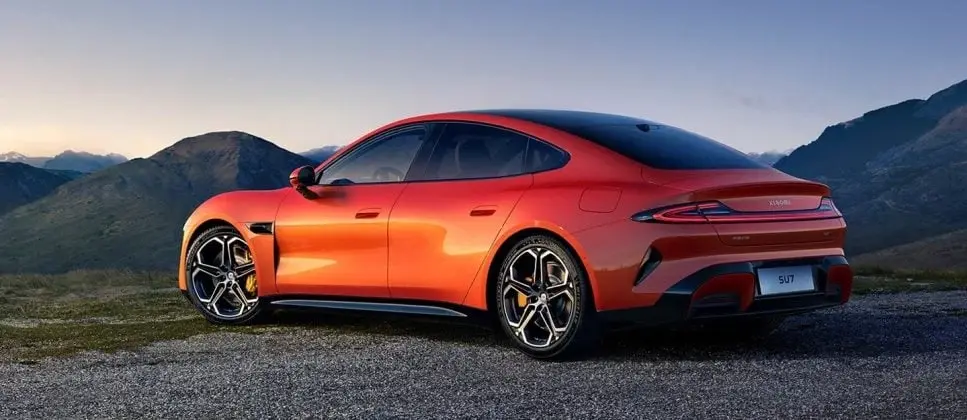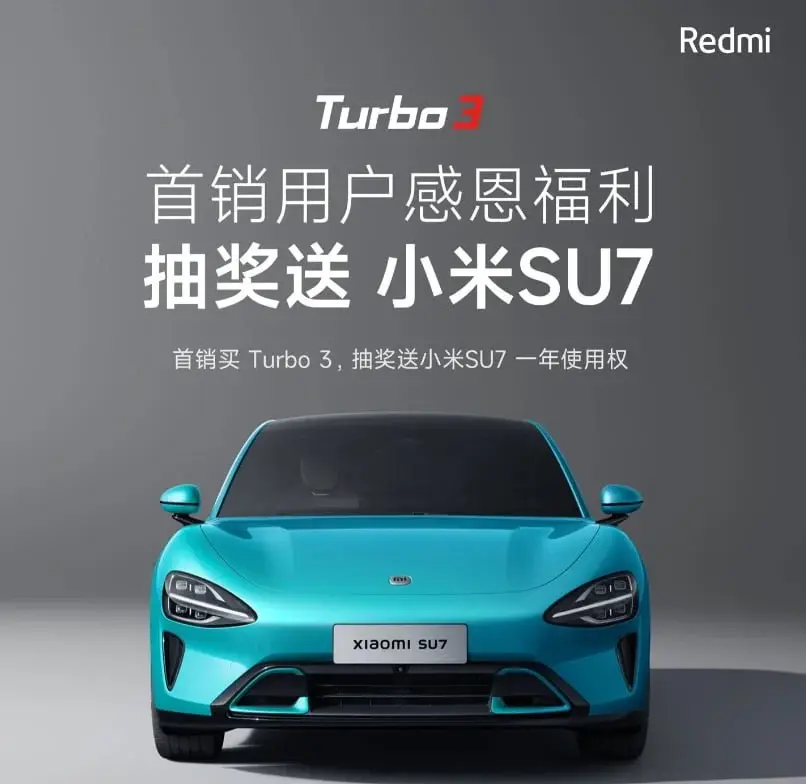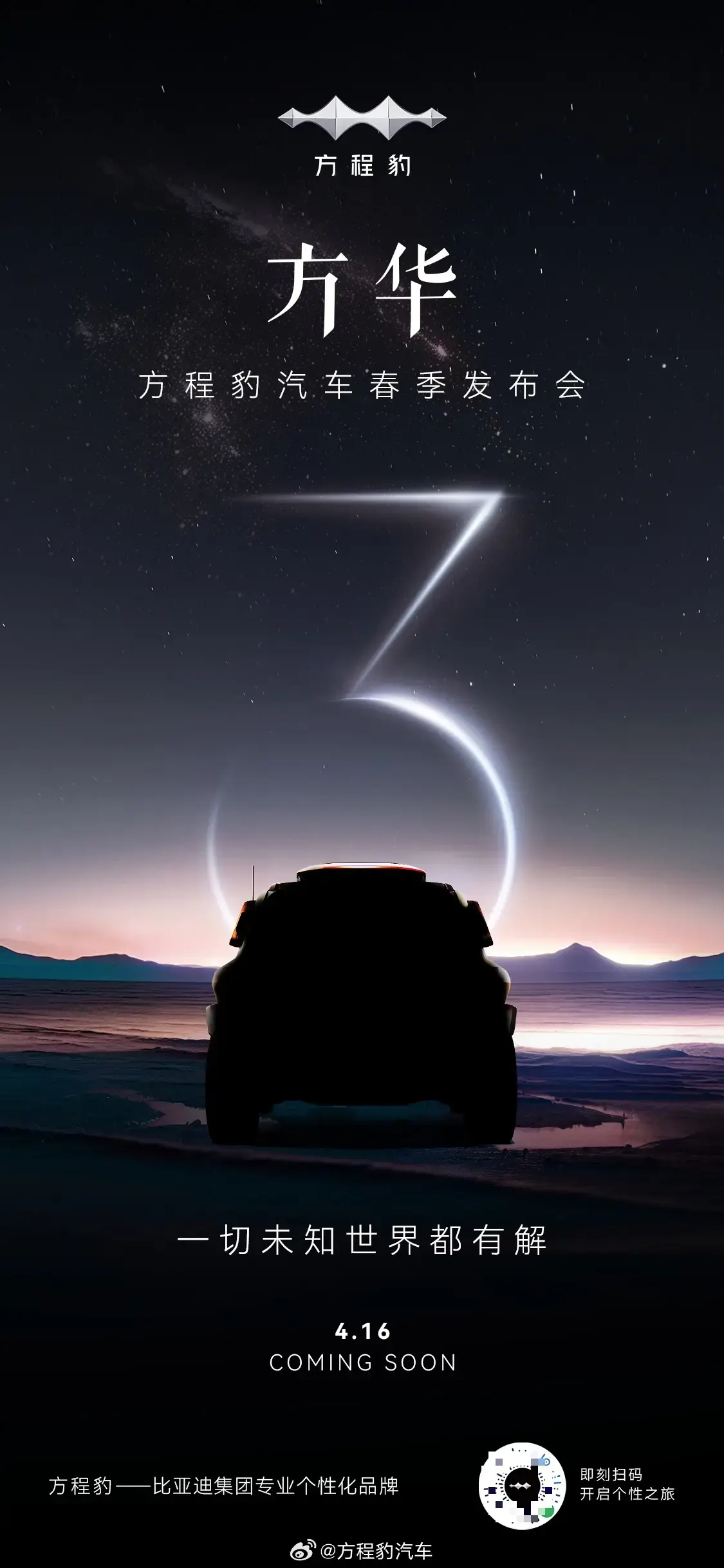During the highly anticipated Beijing Auto Show, BYD revealed the latest addition to its lineup, the BYD Hiace 07 EV. This electric vehicle boasts a sleek design influenced by "marine aesthetics" and contemporary curves, merging style with practicality.
Luxurious Interior Features
The Hiace 07 EV stands out for its opulent interior, offering a selection of leather upholstery options. At the heart of the cabin is a floating central control screen, accompanied by symmetrical LCD instruments that evoke a futuristic ambiance. Drivers will find convenience in the HUD head-up display and sophistication in the crystal gear lever.
Performance and Technology
Delivering on performance, the Hiace 07 EV provides choices between rear-wheel drive and four-wheel drive setups to suit different driving preferences. Featuring iTAC technology and advanced suspension systems like front double wishbones and rear five-link independent suspension, this EV ensures a smooth and agile driving experience.
Power and Safety Features
Underneath the hood, the Hiace 07 EV impresses with its power and battery configurations. Drivers can opt for two-wheel or four-wheel drive models, with motor options ranging from 160kW to 230kW. Battery selections include 80.640kWh or 71.808kWh, granting remarkable cruising ranges of up to 610km. Safety is a top priority in the Hiace 07 EV, equipped with the advanced "God’s Eye" smart driving system. This system supports intelligent driving functions such as lane keeping, traffic sign recognition, and intelligent speed limit control, ensuring a safer and more intuitive driving experience.
Introducing BYD God’s Eye
BYD’s God’s Eye stands as the pinnacle of Advanced Intelligent Driving Assistance Systems (AIDAS), globally launched by BYD Group. This system epitomizes cutting-edge vehicle safety and assistance technology, offering support and aid across diverse driving scenarios. With a core emphasis on safety, God’s Eye employs advanced electronic architecture and internally developed capabilities to deliver a comprehensive solution for intelligent driving at the vehicle system level.
Incorporating BYD’s proficiency in electronic systems and autonomous driving technology, God’s Eye establishes a new benchmark for intelligent driving assistance systems within the automotive sector. The BYD Hiace 07 EV, with its blend of innovation and stylish design, represents a significant advancement in the realm of electric vehicles, underscoring BYD’s dedication to sustainable transportation solutions.


